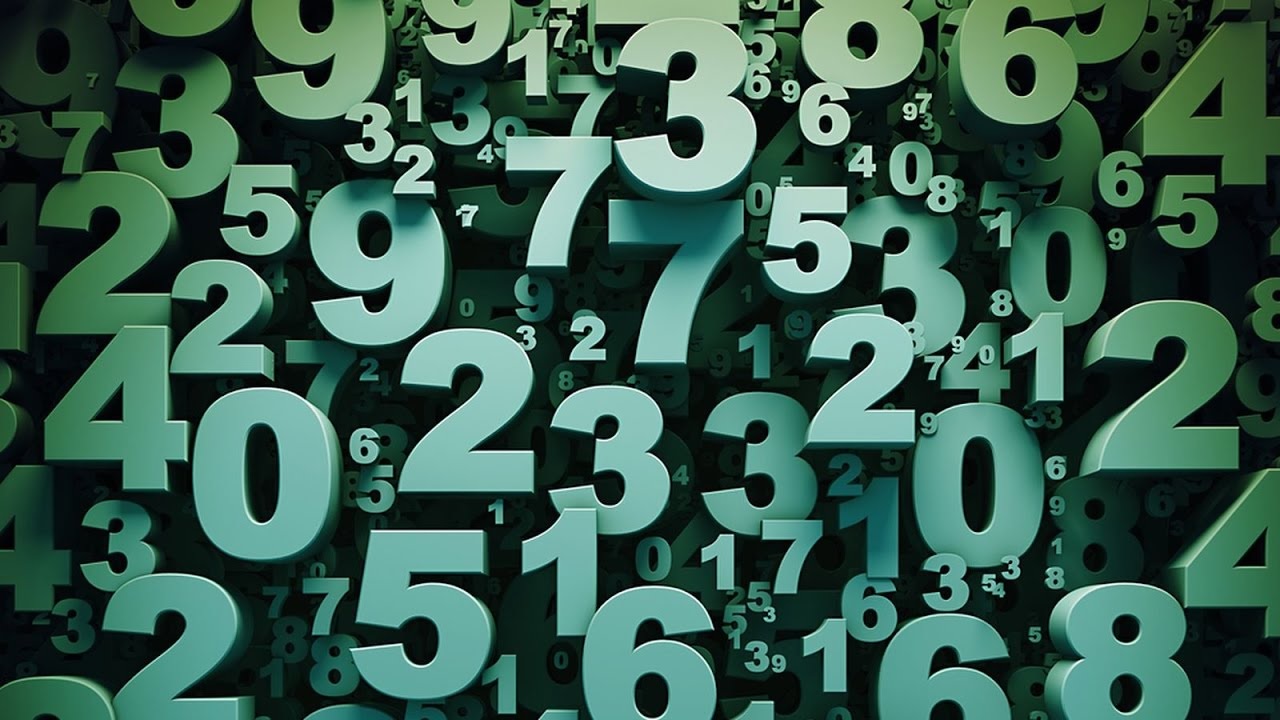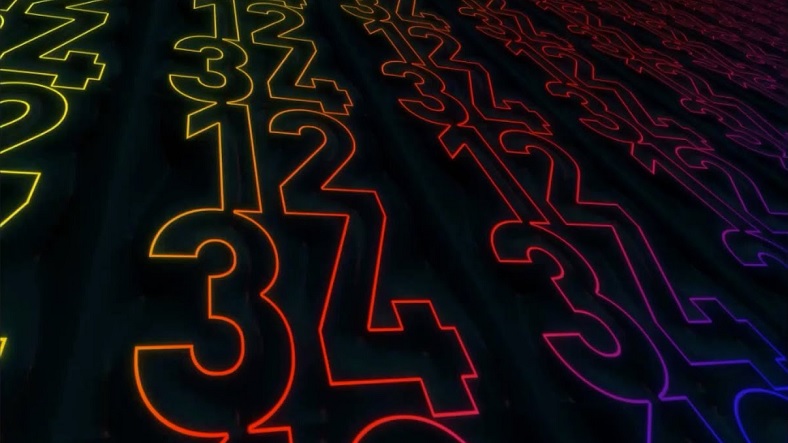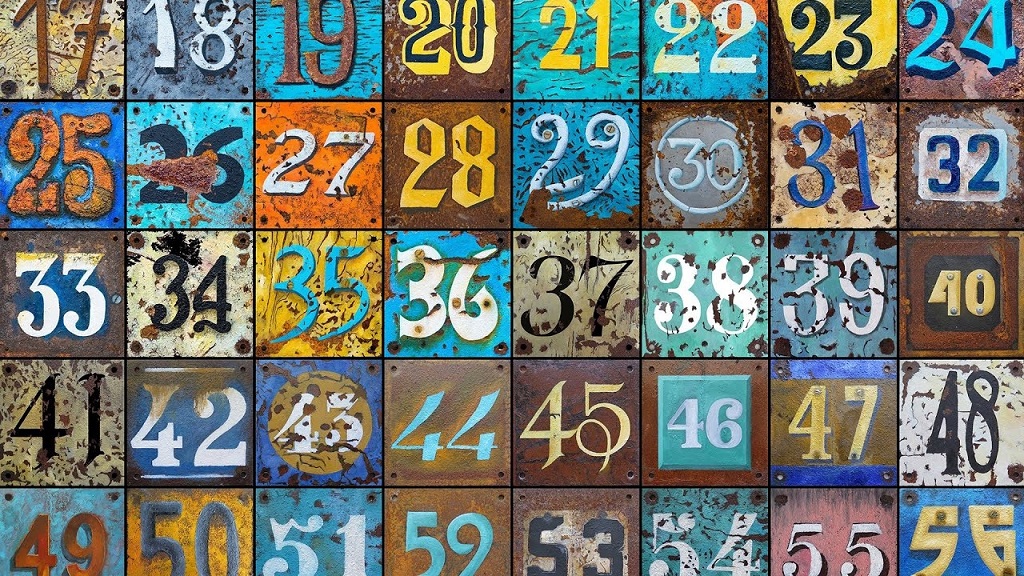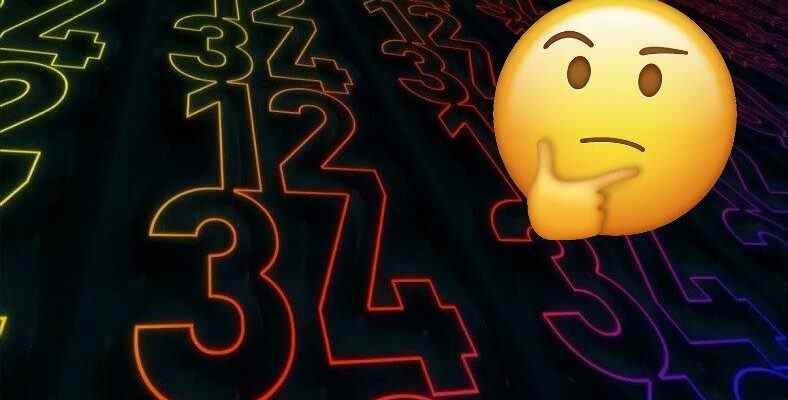For many, real numbers may seem like one of the boring topics in mathematics, but they are a reflection of concepts that we encounter in real life and in nature. There are also some subtypes of real numbers. Let’s take a closer look at what real numbers are and see their symbols, subsets, and some of their important properties.
Let’s face it in our country and even in a large part of the world, mathematics is considered a very difficult and therefore boring subject. Many people may shudder when they recall their school days, even when they hear about math class topics such as real numbers. If we keep other matters separate and If we focus on real numbers In fact, we see that it is much more than what is explained in a few lessons, that it is a true reflection of life and nature.
Real numbers are real numbers. These numbers are in front of us even when getting on the minibus, walking on the road, planting trees and going into space. Of course, the numerous operations on these numbers are an area that requires expertise, but it does not hurt to get to know the real numbers that we encounter everywhere, even as ordinary citizens. Bride Let’s take a closer look at what real numbers are and subsets, symbols Let’s see some of its key features.
What are real numbers? Symbols, types, subsets and properties:
What are real numbers?
Real numbers, also called real or real numbers, are the general name given to all numbers except complex numbers. Positive numbers, negative numbers, whole numbers, fractions and irrational numbers are real numbers. The set of real numbers is denoted by R. The set of real numbers is the combination of the set of rational and irrational numbers. It is possible to represent this situation as R = Q ∪ I.
The ratio of unreal numbers is quite low because natural numbers, whole numbers, integers, rational numbers and irrational numbers are real numbers. Only complex numbers are not considered real numbers. For example, we can say that numbers such as √-1, 2 + 3i and -i and the like are not real numbers.
Types of real numbers:
- Rational numbers
- Irrational numbers
Rational numbers:
Rational numbers are numbers that can be defined as the fraction p/q. p is the numerator and q is the denominator. denoted by q the denominator is never equal to zero. Natural numbers, whole numbers, decimal numbers are rational numbers. For example, numbers such as 1/2, -2/3, 0.5, 0.333 are rational numbers.
Irrational numbers:
when p and q are integers, but also when q is not equal to zero numbers not expressed as a fraction of p/q, are irrational numbers. For example, the number pi, denoted by π, is an irrational number. It starts as π = 3.14159265… and goes away. Even numbers such as √2 , – √ 7 that cannot be considered real numbers are therefore considered irrational numbers.

Real number symbols:
- The set of real numbers is denoted by R.
- The set of natural numbers is denoted by N.
- The set of integers is denoted by Z.
- The set of positive integers is denoted by Z+.
- The set of negative integers is denoted by Z-.
- The set of rational numbers is denoted by Q.
- The set of irrational numbers is denoted by I.
Subsets of real numbers:
- Natural numbers: All positive counting numbers form the set of natural numbers. It is possible to represent N = 1, 2, 3, ….
- Integers: When counted together with 0, all positive counting numbers, namely natural numbers, form the set of integers. It is possible to represent Z = 0, 1, 2, 3, …
- It is possible to represent positive integers as Z+ = 1, 2, 3, ….
- It is possible to represent negative integers as Z- = …, -3, -2, -1.
- Rational numbers: numbers that can be written as p and q integers, q not equal to zero, and p/q fractions are rational numbers. It is possible to represent Q = -3, 0, -6, 5/6, 3.23.
- Irrational numbers: Case numbers such as square root and cube root of rational numbers are irrational numbers. It is possible to represent I = √2, -√6.

Properties of real numbers:
- Shutdown feature
- Relational property
- commutative property
- dispersion property
Shutdown feature:
Closing property occurs when two real numbers are multiplied or added. the result will always be a real number expressing a feature. It is possible to show the shutdown feature as follows; if a, b ∈ R, a + b ∈ R then ab ∈ R.
Relational property:
The relational property is the sum or product of any three real numbers. even if grouped differently means it will stay the same. It is possible to show the relational property as follows; if a,b,c ∈ R, a + (b + c) = (a + b) + c then a × (b × c) = (a × b) × c.
commutative property:
The commutative property is the sum or product of two real numbers. even if the order changes means it will stay the same. It is possible to show the commutative property as follows; if a, b ∈ R, a + b = b + a then a × b = b × a.
Dispersion feature:
The distributive property of real numbers in addition, subtraction and multiplication possible to see. For example; It is possible to see the distribution property of real numbers in operations a × (b + c) = (a × b) + (a × c) and a × (b – c) = (a × b) – (a × c).

Differences between real numbers and integers:
Yes, integers are also real numbers, but if you do not pay attention to them, they will be mistaken for the same. some key differences has. For this reason, it is necessary to see the differences between real numbers and integers on a few basic properties.
- real numbers;
- real numbers; includes rational numbers, irrational numbers, integers, and natural numbers.
- Numbers such as 1/2, -2/3, 0.5, √2 are real numbers.
- Real numbers are represented by the symbol R.
- Each dot on the number line represents a real number.
- Decimal numbers and fractions are also considered real numbers.
- Integers;
- Integers; includes negative numbers, positive numbers, and the number 0.
- Numbers like -4, -3, 0, 1, 2 are whole numbers.
- Integers are represented by the symbol Z.
- Only negative and positive numbers on the number line represent integers.
- Decimals and fractions are not whole numbers.
A true reflection of life and nature. what are real numbers; We answered the frequently asked questions such as symbols, types, subsets and prominent features, and talked about the details you need to know about real numbers. You can share your thoughts on the subject in the comments.
